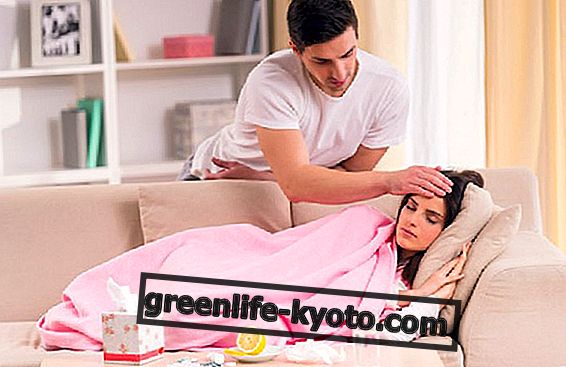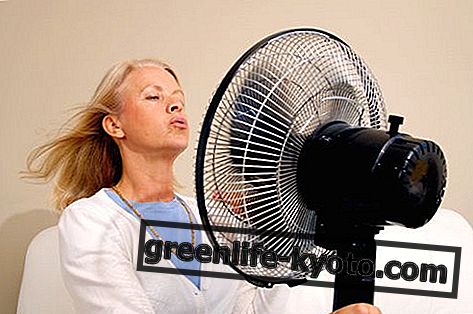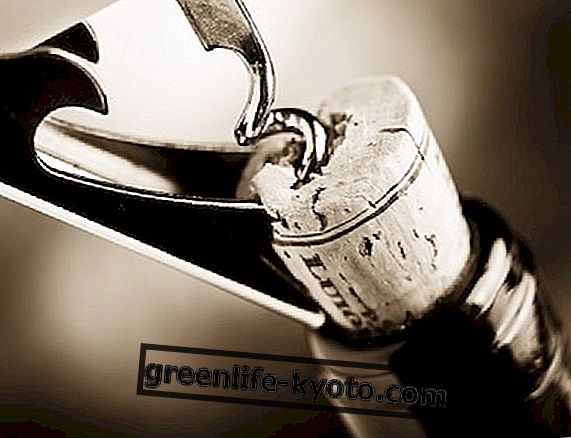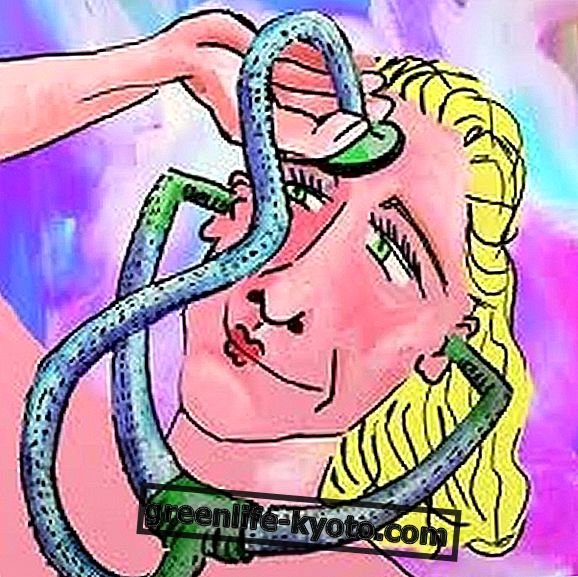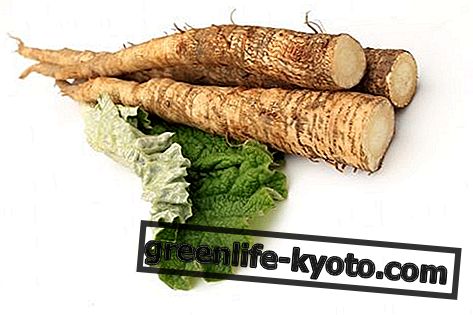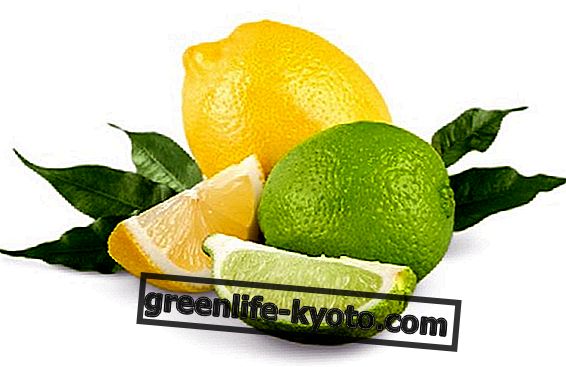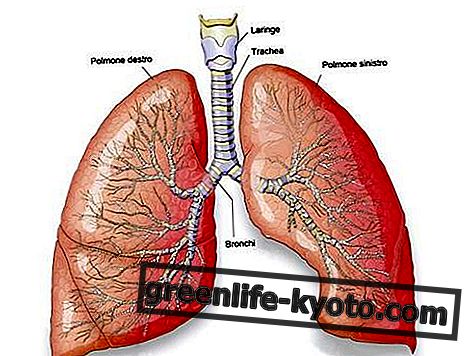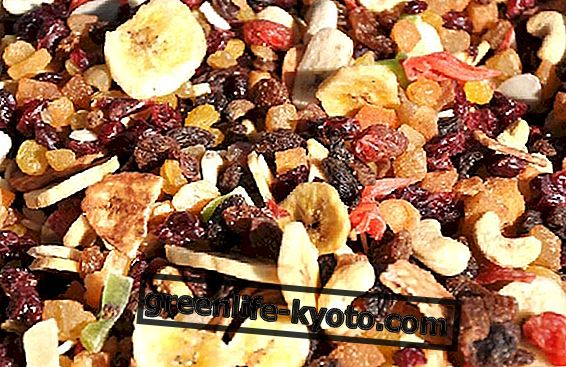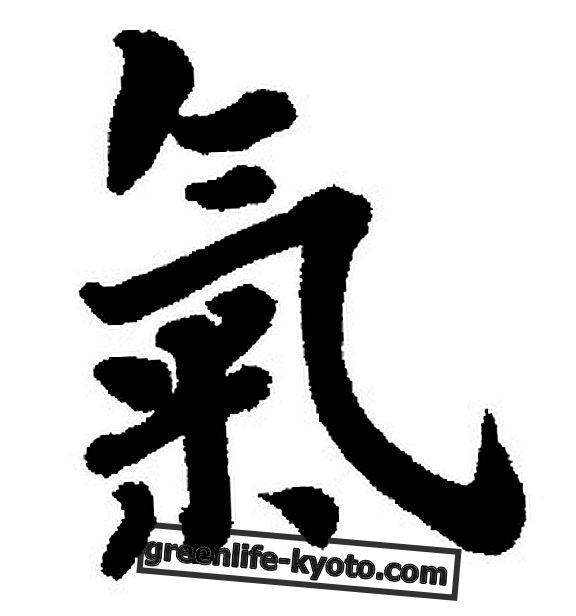
What is acupressure
Many different names to define techniques close to each other: cutaneous acupressure, cutaneous acupressure or skin acupuncture, as Pietro Orlandini defined it in 1894. Practiced in ancient times in China, in reality the acupressure has little to do with acupuncture and reason is simple: the non-invasiveness of the treatment . While the acupuncture of traditional Chinese medicine uses needles to penetrate the skin of the subject, stimulating precise points on the body, acupressure is characterized by the absence of invasive mechanical instruments .
No holes, no holes . Pressure and gentle contact are used on certain points, using different tools and techniques, ranging from the simple touch of the fingers to the use of wooden sticks, wheels, hammers, to include modern tools such as the acupressure mat.
But how does acupressure work?
In reality, both the acupressure and the Chinese acupuncture, except for the modalities of intervention, share the fundamental principles, that is the energetic currents present in our body. By stimulating the painful areas of the body, the blocking energy flow and the blood circulation are restored, focusing on the natural self-healing mechanism of our body. Our skin contains numerous nerve receptors in continuous communicative activity, both internal and external. In this case, information is directed from the skin towards the muscles, internal organs and towards the brain, and vice versa.
When this information is too intense, the discomfort we feel does nothing but produce stiffening, especially in the areas around the neck and back. Another interested point is the solar plexus, which includes the stomach muscles. Increased skin spraying allows the skin receptors to regain nerve information in the correct way, causing the internal organs and the brain to receive correct information, allowing the muscles to relax.
The benefits of acupressure
Acupressure is synonymous with well-being and self-care. The primary objective is not the fight against the disease, but the attention paid to our body and its energies. Specifically, circulation becomes more efficient, the body releases endorphins in waves, including the happiness hormone ( oxytocin ), usually released by the pituitary gland in pleasant and intimate situations. What does this mean? The hormone controls pressure, regulates body temperature, elevates immune defenses, increases blood flow and wipes out toxins. The muscles relax, the blood pressure decreases and the nervous system enters a state of widespread well-being, which helps reduce stress levels, back pain and other pains.
But there are also more specific objectives . The technique of acupressure is aimed particularly at those who suffer from painful symptoms, allowing a considerable attenuation of the state of suffering. There are many areas of intervention. The stimulation of the skin is effective for disorders related to the digestive, integumentary, urogenital, respiratory, osteoarticular, nervous and circulatory systems . Among the problems most dealt with by acupressure we will therefore have digestive difficulties, colitis, abdominal colic, psoriasis, cystitis, premature ejaculation, sinusitis, cervicalgia, lumbago, hypertension and hypotension. Furthermore, the technique involves the emotional and aesthetic area, solving problems such as insomnia, neurosis, cellulite, obesity.
Acupressure mats
When you think of acupressure, typical techniques and tools of the Rising Sun culture come to mind. In reality, it is not to the East that we must turn our gaze, but to the extreme North. From the rational Sweden, comes a convenient and effective tool for the practice of acupressure. The inventor is a Soviet piano teacher who responds to the name of Ivan Kuznetsov . It is a foam rubber mat on which various circular plastic elements are distributed according to the map of the sensitive areas of our body.
Each of these elements has dozens of balanced pyramidal tips, whose function is to exert a superficial acupressure on the skin in a specific and evenly distributed way. The particular shape of the mat requires the correct posture to be taken, warms and relaxes the body, working on skin stimulation. There are different models of this product, which combine technology and acupressure with reflexology.
What benefits does it bring? A session of about 15 minutes allows an energizing effect, as it stimulates the release of oxytocin and endorphins . Extending the time up to 30 minutes reduces stress levels and improves blood circulation and the lymphatic system. Over 45 minutes an analgesic effect is obtained, similar to that of acupuncture, characterized by a decrease in inflammation and pain and an increase in metabolic activity.
These acupressure mats with spiked flowers and balanced density are produced by the Swedish quality brand Mysa that has been able to transform the product into a real “must have” and has differentiated production according to the needs (there are various types of mats : Original Mysa, Magnetic Mysa, Crystal Mysa, Meditate Mysa, Yoga Mysa) and has also expanded on the side of innovative thermo pillows. Produced since 2009, today Mysa studded mats are owned by one in three Swedes.
